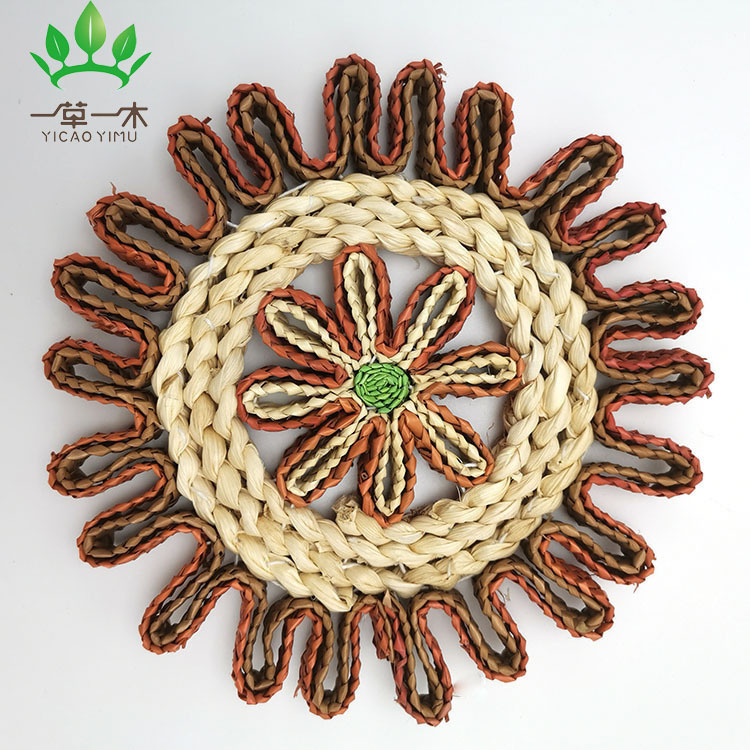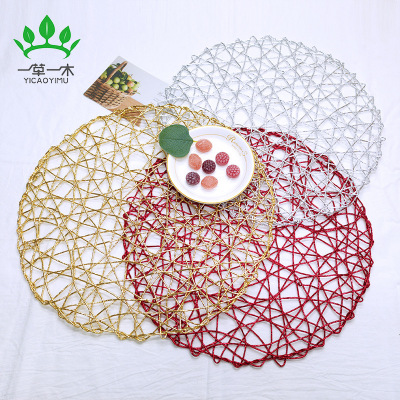Exquisite coaster art in Chinese tea culture
In the long history of tea culture in China, not only is there a wide variety of tea leaves and exquisite brewing techniques, but even tea sets and their accessories contain profound cultural heritage and artistic value. Among them, exquisite coasters, as small objects on the tea table, although inconspicuous, play an indispensable role. They not only protect the table from tea intrusion, but also add infinite elegance to tea activities with their unique artistic charm.
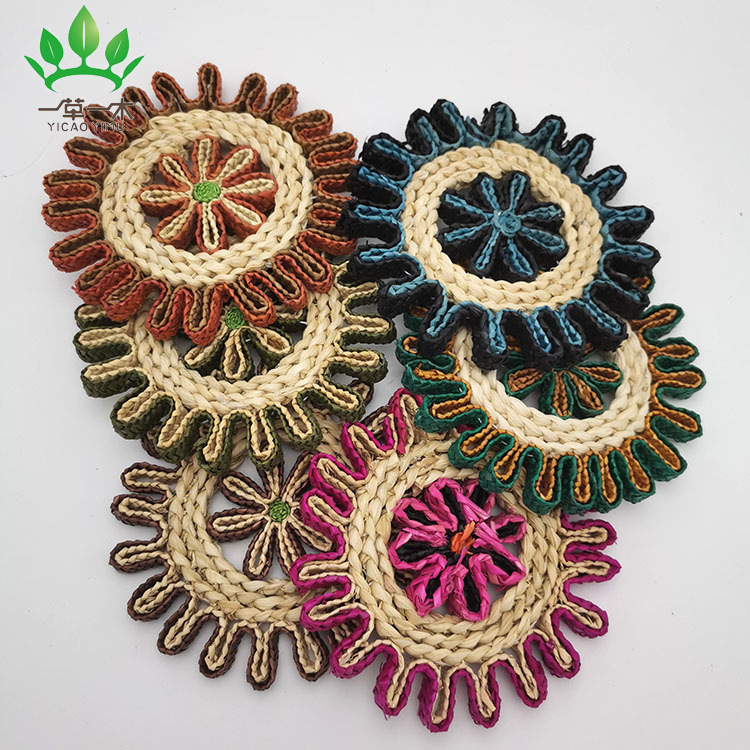
Tracing back to ancient times, the predecessor of coasters was called "tea tray" or "cup tray", which can be traced back to the Three Kingdoms and Two Jin periods. At that time, it had already appeared in southern China such as Jiangxi and Hubei, and gradually spread to the Jiangsu, Zhejiang, and Fujian regions during the Northern and Southern Dynasties. In the Tang Dynasty, the use of tea trays became more popular and was deeply loved by literati and scholars due to their practicality and aesthetics. According to Li Kuangyi's "Zixiaji · Tea Tray" during the Tang Dynasty, the invention of tea trays originated from the design of tea cups by the daughter of Shu Prime Minister Cui Ning to avoid scalding hands. This innovation not only solved practical problems, but also opened a new chapter in the development of tea tray art.
In the Song Dynasty, tea activities reached an unprecedented prosperity, and the design of cup holders (tea holders) was exquisite and unparalleled, with beautiful and upright shapes, diverse glaze colors and decorative styles, becoming a treasure in porcelain art at that time. Whether it is the sky blue glazed sunflower petal style cup holder from Ru kiln or the white glazed engraved patterned cup holder from Ding kiln, they all showcase the unique artistic charm of Song dynasty literati's pursuit of simplicity without losing elegance in their way of life.
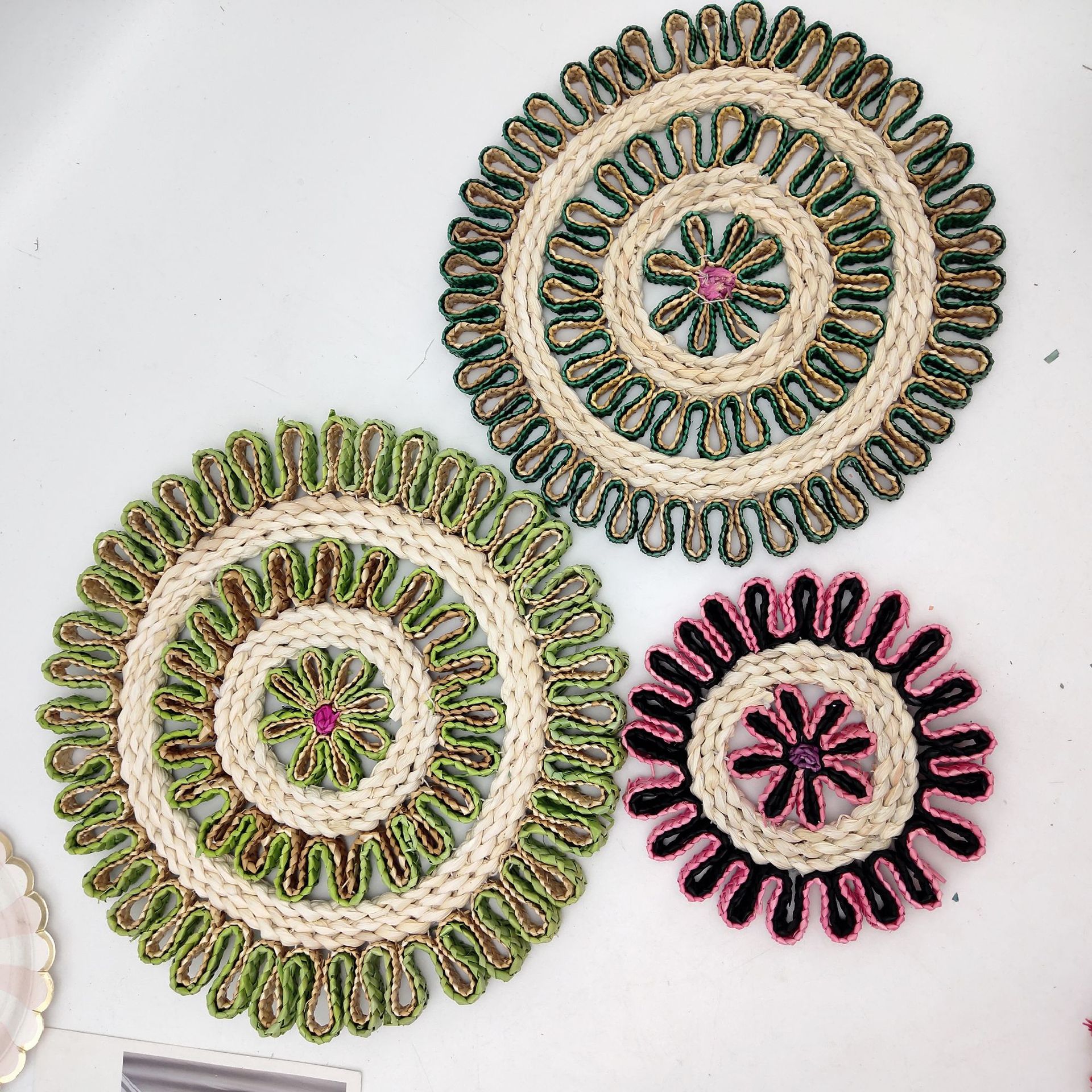
Over time, tea trays have gradually evolved into modern coasters, with increasingly diverse materials and styles. From traditional ceramics and wood to modern materials such as stainless steel, glass, cotton and linen, each material endows the coaster with a different texture and charm. Among them, ancient porcelain coasters from the Ming and Qing dynasties are particularly precious. They not only have extremely high collection value, but also serve as a beautiful scenery on tea banquets. These ancient porcelain coasters have a warm and jade like glaze surface, and exquisite patterns that are unparalleled. Whether it is blue and white, pink or other glaze colors, they all reveal a strong sense of time and cultural heritage.
It is worth mentioning that in the fourth district of Yiwu International Trade City in China, there is a store called "Tianran Daily Necessities", which gathers various exquisite coasters. They not only inherit the artistic essence of ancient tea trays, but also integrate modern design concepts and aesthetic concepts. Whether it's simple and elegant wooden coasters, gorgeous and elegant blue and white porcelain coasters, or practical and durable stainless steel coasters, they can all be found here. These coasters not only meet the needs of different tea lovers, but also add a unique artistic atmosphere to the tea table.
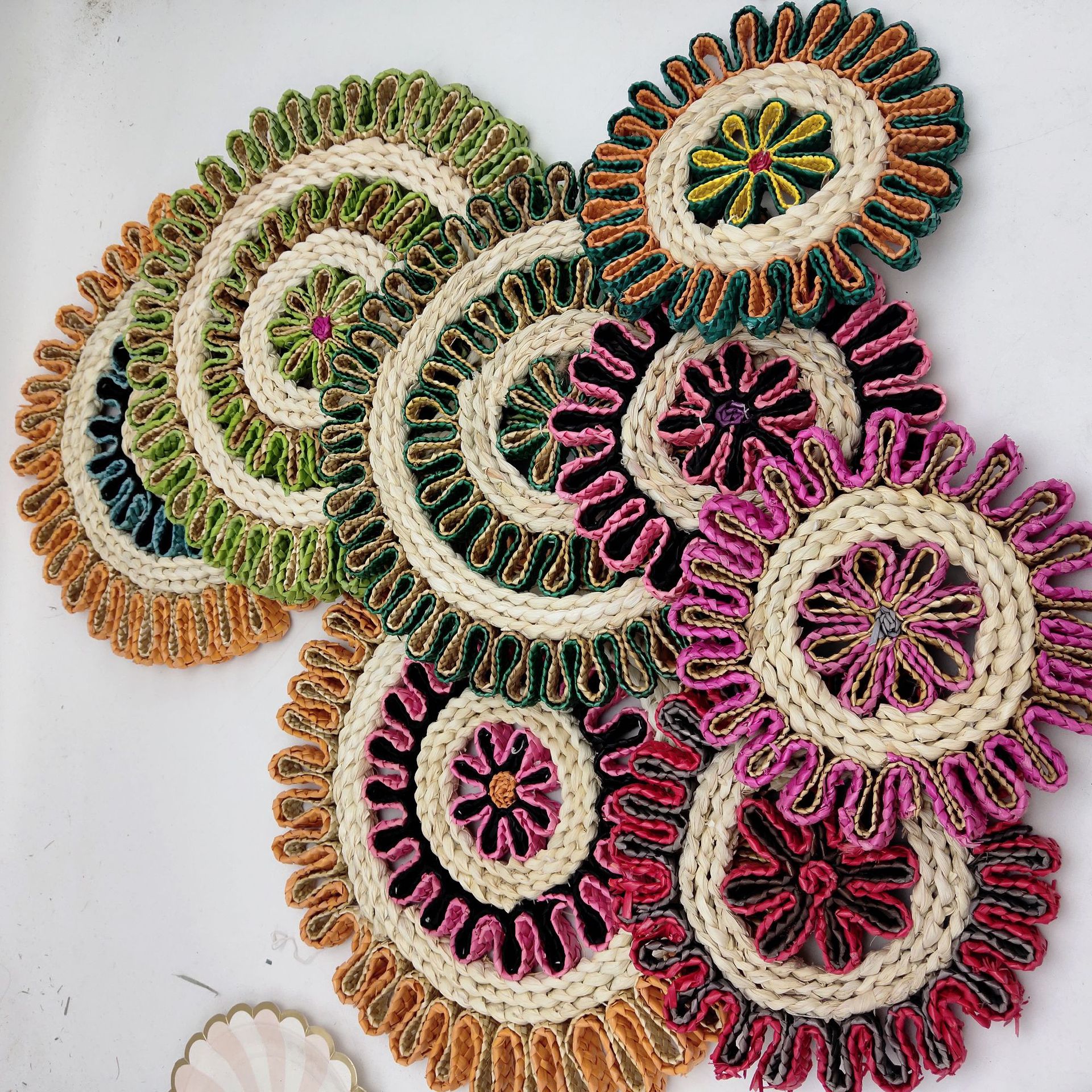
Under the influence of tea culture, coasters are no longer just simple practical objects, but also a cultural inheritance and artistic display. During the process of sipping tea, a beautifully crafted coaster not only protects the table from the intrusion of tea, but also showcases the owner's taste and care in every detail. Therefore, while enjoying the tranquility and elegance brought by tea culture, why not also pay attention to those seemingly insignificant yet charming coaster arts.
